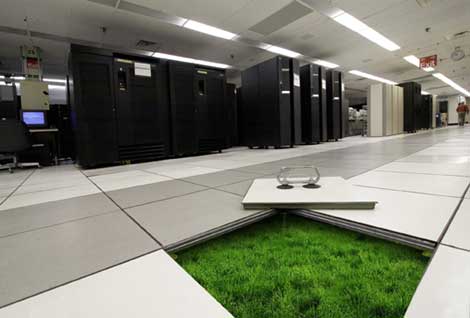
In the data center realm, maximizing the energy efficiency without impacting the reliability should be the goal of virtually every data center owner or operator. The path to that goal involves some basic design and practices issues, as well as more sophisticated methodologies.
This third part of the DCK Executive Guide series will examine the more detailed aspects, such as the tradeoff of energy efficiency vs. redundancy, the potential energy saving by the expanded use of “Free Cooling” and the potential use of sustainable energy sources, as well as other energy-related issues specific to data centers.
Energy represents one of the most significant operating costs in the data center, as was discussed in part two of the Executive Series, Total Cost of Ownership (TCO). Moreover, based on current and foreseeable trends, the basic price of energy will continue to rise over time, and may become constrained as global demands rise, making energy use and efficiency a long term business priority.
Nonetheless, it is important to differentiate the price of power from overall energy use and efficiency, since direct prices may vary widely by market conditions, geographic location and the underling energy source (coal, natural gas, nuclear, hydro, as well as wind and solar, etc.). More¬over, the overall carbon footprint, which has become a high visibility, globally recognized issue, is based on the total quantity of energy consumed, as well as its source, not the price of the energy.
Carbon footprint and greenhouse gases are also becom¬ing subject to governmental regulations and taxes. While not yet fully implemented in the US as yet, there are now 28 types of energy policies affecting data centers in 12 EMEA countries, according to a 2012 report released by The Green Grid. The report states; “Because of the continued proliferation of data centres with energy intensive requirements, our industry is particularly affected by legislation driving efficiency of design, build and operations — above and beyond the business impacts of increasing costs of energy and of carbon.”
Ove the next few weeks this article series will focus on understanding the factors that impact total energy use and the opportunities for improving energy efficiency in the data center including:
- IT Systems Efficiency
- Facility Energy Efficiency
- Power Systems Efficiency
- Cooling Systems Efficiency
- Factors that Impact Efficiency
If you prefer, you can download the entire executive article series on Data Center Energy Efficiency in a PDF format compliments of Digital Realty.
Julius Neudorfer is the CTO and founder of North American Access Technologies, Inc. and writes for Data Center Knowledge on issues and strategies relevant to senior business executives.





